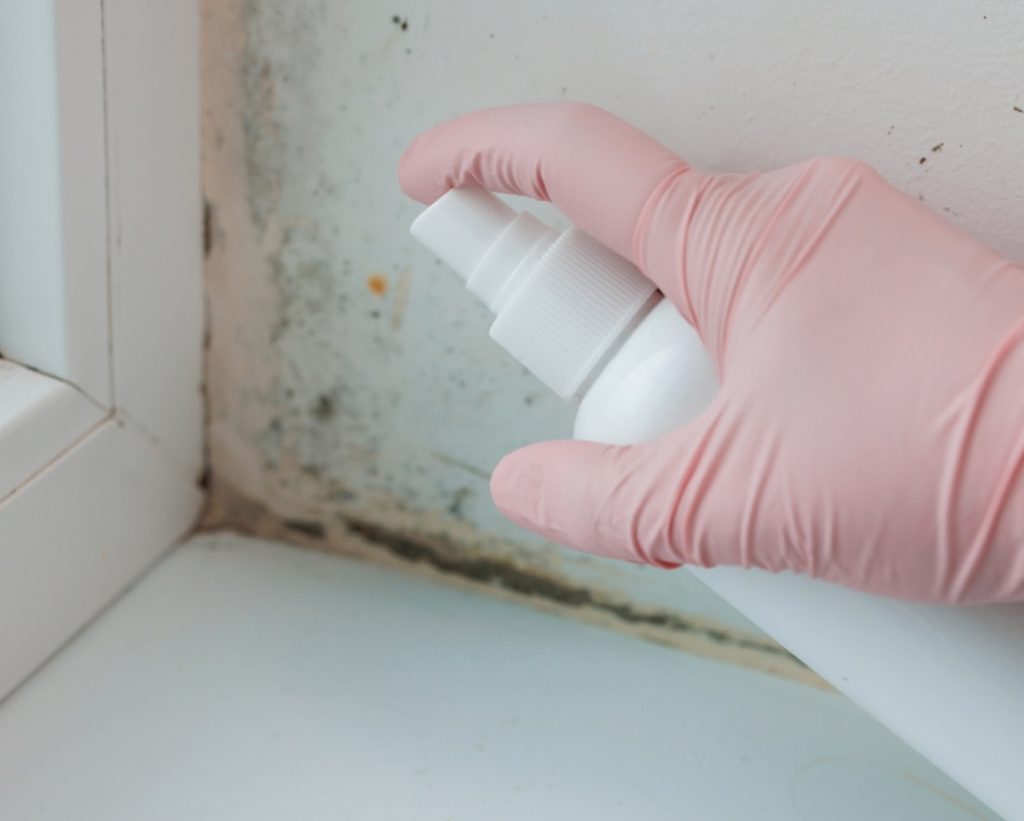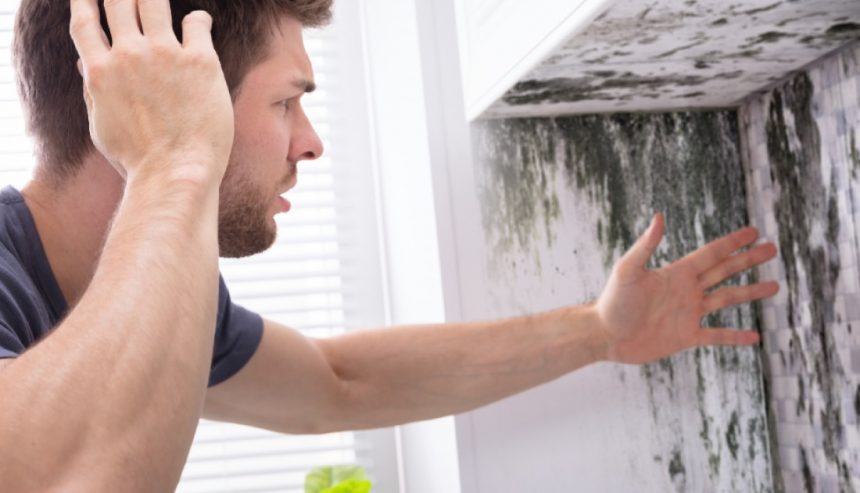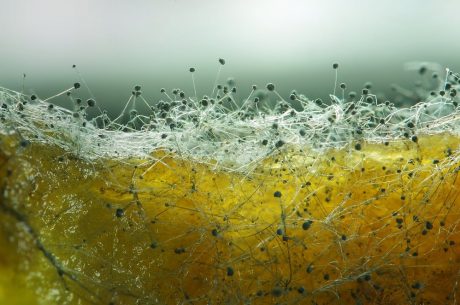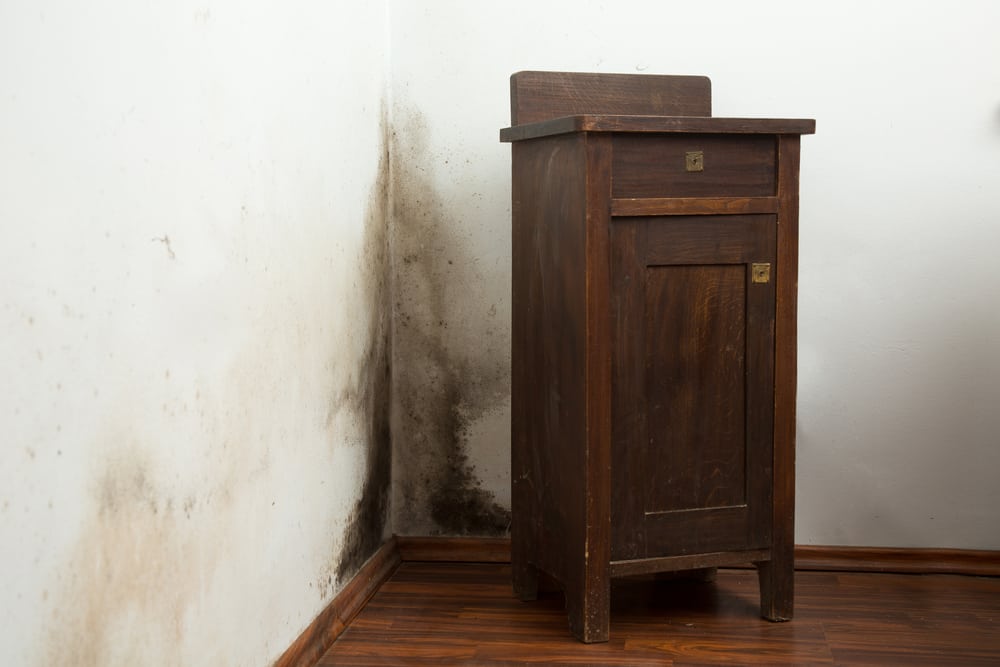Black mold, scientifically known as Stachybotrys chartarum, is a common household menace. It thrives in damp, dark, and humid environments, posing significant health risks.
Exposure to black mold can lead to respiratory issues and allergic reactions. Therefore, it’s crucial to understand how to prevent and control its growth.
This article provides a comprehensive guide on the dos and don’ts of black mold. It’s designed to help homeowners, renters, and property managers maintain a healthy living environment.
We’ll delve into the importance of humidity control, proper ventilation, and regular cleaning. We’ll also discuss when to call in professionals for mold inspection and removal.
Understanding Black Mold
Black mold is a type of fungus that thrives in damp and humid environments. It’s often found in areas of the home where moisture is prevalent, such as bathrooms, kitchens, and basements.
What Is Black Mold?
Black mold, or Stachybotrys chartarum, is a greenish-black fungus. It’s notorious for its musty odor and ability to grow on various materials, including wood, paper, and textiles.
While not all black-colored molds are Stachybotrys chartarum, this particular species is often associated with poor indoor air quality and health risks.
Health Risks of Black Mold Exposure
Exposure to black mold can lead to a variety of health issues. These include respiratory problems, skin irritation, and allergic reactions.
In severe cases, prolonged exposure can lead to more serious conditions, such as chronic lung illnesses. It’s crucial to address black mold issues promptly to protect your health.
Identifying Black Mold in Your Home
Identifying black mold in your home is the first step toward effective mold control. Look out for dark, slimy patches on walls, ceilings, or floors.
A musty odor is another telltale sign of a mold infestation. Regular inspection of your home, especially damp areas, can help in early detection and prevention of black mold.
The Dos of Black Mold Prevention and Control

Preventing black mold starts with creating an unfavorable environment for its growth. This involves maintaining low humidity levels, ensuring good ventilation, and addressing moisture issues promptly.
- Maintain low humidity levels: Aim for a humidity level below 50% to prevent mold growth.
- Ensure good ventilation: Proper ventilation helps reduce moisture and prevents mold spores from settling.
- Address moisture issues promptly: Fix leaks and dry out damp areas within 24-48 hours to prevent mold growth.
Maintain Low Humidity and Good Ventilation
Keeping humidity levels low is crucial in preventing mold growth. Use dehumidifiers and air conditioners to maintain a dry environment.
Good ventilation is equally important. It helps to circulate air and prevent moisture build-up, a key factor in mold growth.
Regular Cleaning and Inspection
Regular cleaning helps to minimize mold spores and prevent their spread. Pay special attention to damp areas, such as bathrooms and kitchens.
Regular inspections can help detect mold early. Look out for signs of mold, such as musty odors and visible growth.
Addressing Moisture Issues Promptly
Moisture is the lifeblood of mold. Address any leaks or dampness immediately to prevent mold growth.
After a water incident, ensure thorough drying. Wet materials should be dried within 24-48 hours to prevent mold growth.
The Don’ts of Black Mold Management
While there are effective ways to prevent and control black mold, there are also common mistakes to avoid. These include relying on ineffective DIY remedies, ignoring small mold patches, and neglecting proper safety measures.
- Avoid ineffective DIY remedies: Not all home remedies are effective, and some can even exacerbate the problem.
- Don’t ignore small mold patches: Small patches can quickly spread and become a larger issue.
- Never neglect safety: Always use protective gear when dealing with mold to avoid health risks.
Avoiding DIY Remedies That Don’t Work
Many DIY mold remedies, such as bleach, can be ineffective. They can sometimes worsen the problem by providing more moisture for the mold.
Instead, opt for proven solutions. For instance, vinegar and baking soda can be effective against mold on non-porous surfaces.
Ignoring Small Mold Patches
Small mold patches should never be ignored. They can quickly spread and become a larger issue if not addressed promptly.
Mold spores are microscopic and can easily spread. Even a small patch can be a sign of a larger, hidden infestation.
Neglecting Proper Safety Measures
Dealing with mold can pose health risks. Always wear protective gear, such as gloves and a mask, when handling mold.
Be cautious when using fungicides. Always follow the instructions to ensure safe and effective use.
Mold Removal: When to Call the Professionals

There are times when dealing with black mold requires professional help. This is especially true for large infestations, hidden mold, or if you have health concerns.
Signs You Need Expert Mold Inspection and Removal
If you notice persistent musty odors or visible mold growth, call in the experts. Also, if you’ve had recent water damage and suspect hidden mold, a professional inspection is crucial.
Professionals have the tools and expertise to identify and remove mold effectively, even in hidden areas.
The Mold Removal Process
The mold removal process involves several steps. First, professionals will inspect your home to identify all mold sources. Then, they’ll isolate the affected areas to prevent spores from spreading.
Next, they’ll remove the mold using specialized equipment and cleaning agents. Finally, they’ll dry and sanitize the area thoroughly to prevent future growth.
Final Thoughts on Black Mold Management
Managing black mold is a crucial part of maintaining a healthy living environment. It requires vigilance, regular cleaning, and prompt action when mold is detected.
Remember, when in doubt, it’s always best to consult with professionals. They can provide the expertise needed to effectively control and remove black mold.
For professional mold inspection and mold remediation services in the Federal Way area, contact PuroClean of Northeast Tacoma.




 PuroClean of Northeast Tacoma
PuroClean of Northeast Tacoma